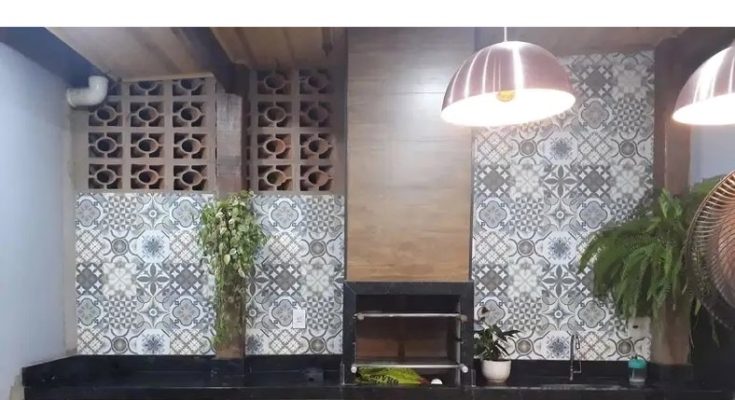Ready to challenge your attention to detail? Today’s puzzle is all about finding a well-hidden cat within a visually busy scene. These kinds of visual puzzles are perfect for exercising your brain and honing your observation skills. The task is simple but not easy: locate the elusive cat hiding somewhere in the image. Think you’re up for it? Let’s dive into the puzzle and see if you can spot this sneaky feline!
Why We Often Miss Hidden Details in Visual Puzzles

Visual puzzles are designed to test our ability to notice the small things. When faced with a busy image, our brain tends to filter out what it deems “unimportant,” focusing instead on familiar shapes and larger objects. This filtering process is helpful in everyday life, but it can make spotting a hidden cat quite challenging.
Here are some common reasons we often miss details in puzzles like these:
- Pattern Matching: Our brains are drawn to familiar patterns and shapes, which can make it easy to overlook irregularities. When a cat blends into the background, we may not register it as something significant.
- Color Camouflage: If the cat’s coloring closely resembles its surroundings, it becomes almost invisible to the casual observer.
- Quick Assumptions: Many people scan the image quickly, assuming they’ll spot the cat easily. This approach often leads to missing subtle clues.
Step-by-Step Guide to Finding the Hidden Cat
Ready to take a closer look? Follow this step-by-step approach to improve your chances of spotting the cat in the image.
1. Scan the Entire Image Slowly
Take your time. Start by examining each section of the image closely. Rushing through will only make you miss the subtle details that reveal the cat’s hiding spot. Look carefully at every corner, and don’t just focus on the center of the image.
2. Look for Unusual Shapes or Colors
Sometimes, the only hint is a shape or color that doesn’t perfectly match its surroundings. Cats often blend into dark or cluttered areas, so keep an eye out for anything that seems out of place or unusual in texture or shape.
3. Focus on Shadows and Eyes
Cats have reflective eyes, which can often be a giveaway in low light. Check for small, glinting reflections that might be the cat’s eyes catching the light. Shadows can also give clues; sometimes, a faint outline in the darkness is all you need to spot the cat.
4. Check Shelves and Darker Corners
If the scene includes shelves, cabinets, or dark nooks, these are likely hiding spots. In a busy image, cats tend to be hidden in darker, cluttered sections where they can blend in easily. Focus on the shadowed areas around objects where a small animal might curl up.
5. Zoom In If Possible
If you’re viewing the image on a device, try zooming in. This can help reveal small details that might not be noticeable at a distance. Zooming in lets you examine each section more closely, increasing your chances of spotting the cat.
Solution: Finding the Cat’s Location
After carefully scanning the image, you might notice a small but crucial detail that reveals the cat’s hiding spot. Look closely at the left side of the image, specifically at the shelf area. If you pay attention, you’ll spot two small, reflective eyes peeking out from the shadows. The cat’s dark fur blends perfectly with the background, making its body nearly invisible, but the eyes give it away!
Answer: The cat is lying on the shelf, partially obscured by shadows. Only its two glowing eyes are visible, making it hard to spot at first glance.

Why It’s So Easy to Miss the Cat
Didn’t find the cat right away? Don’t worry—you’re not alone! This puzzle is intentionally designed to make the cat difficult to locate. The cat’s dark coloring allows it to blend into the shadowy background, while the busy scene distracts our attention from subtle details. It’s a perfect example of how the brain often overlooks the smallest clues when surrounded by more prominent distractions.
Share Your Success and Challenge Friends!
Were you able to find the cat on your own? Let us know in the comments how long it took you to solve this tricky puzzle! And if you enjoyed this challenge, share it with friends and family to see if they can spot the cat, too.
Visual puzzles like these are more than just fun—they’re a great way to train your brain, improve your focus, and sharpen your observation skills. Keep practicing, and soon you’ll be spotting hidden details faster than ever. Remember, the secret to mastering these puzzles is patience and a keen eye. Happy puzzling!
